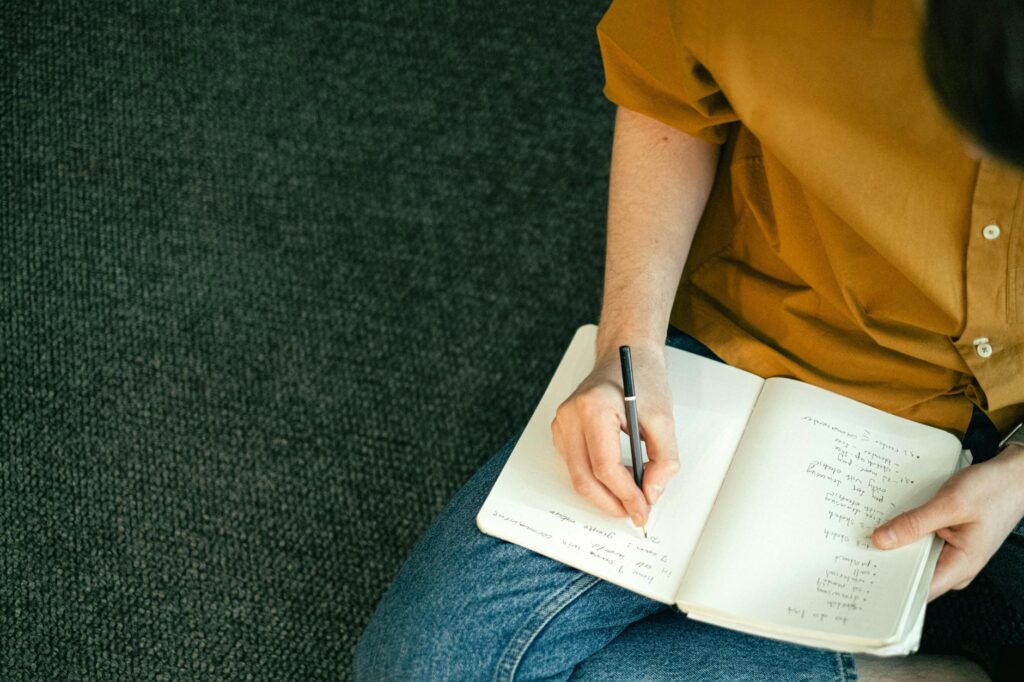What is active study techniques?

What is active study techniques?
Active study techniques are essential tools for anyone looking to enhance their learning and retention skills. Unlike passive study methods, which often involve mere reading or highlighting, active study techniques engage learners directly with the material. By employing these methods, you can transform your study habits and significantly improve your academic performance.
Understanding Active Study Techniques
Active study techniques are approaches that require learners to engage with the material actively, rather than passively absorbing information. They involve various strategies that stimulate cognitive processes, making learning more effective and enjoyable.
What are Active Study Techniques?
At their core, active study techniques encourage you to interact with the content. This can include practices such as summarizing information in your own words, teaching the material to someone else, or using flashcards to test your memory. For example, if you’re studying for a history exam, instead of just reading your notes, you could create a timeline of significant events and discuss it with a study partner. This method solidifies your understanding and helps you retain the information better.
Differences Between Active and Passive Study Techniques
The contrast between active and passive study techniques is striking. Passive study often involves activities like rereading textbooks or listening to lectures without engagement. In contrast, active study techniques require you to think critically about the material. Research shows that students who use active study techniques achieve better learning outcomes because they are more likely to remember the information long-term.
Popular Active Study Techniques
There are numerous active study techniques that you can implement to boost your learning effectiveness. Here’s a breakdown of some popular methods:
Self-Explanation
Self-explanation involves teaching yourself the material. When you explain concepts aloud, you deepen your understanding. For example, after reading a chapter on photosynthesis, you could summarize what you learned and explain it as if teaching a friend. This technique helps identify gaps in your knowledge and reinforces learning.
Practice Testing
Taking practice tests or quizzes is one of the most powerful ways to prepare for exams. By testing yourself, you not only assess what you know but also reinforce your memory. Websites like Melio Education provide guidance on how to create effective practice tests that can enhance your study sessions.
Distributed Practice
Instead of cramming all your studying into one session, distributed practice encourages spreading out your study sessions over time. This technique, also known as spaced repetition, harnesses the psychological spacing effect, making information easier to recall later. For instance, instead of studying for three hours the night before a test, you might study for one hour each day over three days.
Elaborative Interrogation
Elaborative interrogation involves asking yourself “why” questions about the material. For example, if you learn a new concept in math, you could ask, “Why does this formula work?” This inquiry process fosters deeper understanding and connects new information to what you already know.
Summarization and Note-taking
Effective summarization means condensing information into concise notes. This strategy not only helps you grasp the material better but also creates a valuable resource for future study sessions. Techniques like the Cornell note-taking method can help structure your notes to maximize retention.

Photo by Ivan Samkov
Benefits of Implementing Active Study Techniques
Incorporating active study techniques into your learning routine offers numerous benefits that can significantly enhance your education.
Improved Retention and Recall
Active engagement with study material leads to better retention and recall. When you interact with information actively, your brain forms stronger connections, making it easier to retrieve that information later. Studies confirm that active learning strategies like these can lead to higher retention rates compared to traditional studying methods.
Enhanced Critical Thinking Skills
By using active study techniques, you not only learn but also develop critical thinking skills. Engaging with material forces you to analyze, synthesize, and evaluate information, which is crucial for success in academics and beyond. This process prepares you to tackle complex problems with confidence.
Increased Motivation and Engagement
Lastly, active study techniques can boost your motivation and engagement levels. Instead of feeling overwhelmed by monotonous study sessions, you’ll find that interactive methods make learning enjoyable and fulfilling. This increase in motivation can lead to a lifelong love for learning.
Tips for Successful Implementation of Active Study Techniques
To reap the full benefits of active study techniques, consider these practical tips for integrating them into your study routine:
Create a Study Schedule
Planning dedicated times for study can help ensure consistency. Schedule short, focused study sessions where you can apply active techniques without distractions. Consistency is key to successful learning.
Utilize Study Groups
Collaborating with peers can enhance your understanding of material. Study groups allow you to engage in discussions, teach each other, and motivate one another to stay accountable. Plus, explaining concepts to others solidifies your own understanding.
Set Specific Goals
Set achievable objectives for each study session. Whether it’s mastering a specific chapter or completing a set of practice problems, having clear goals helps gauge your progress and keeps you focused.
Conclusion
Active study techniques are invaluable for anyone looking to improve their learning efficiency and retention. By implementing strategies like self-explanation, practice testing, and distributed practice, you can create a more engaging and effective study environment. Remember, education is not just about memorizing facts; it’s about understanding and applying knowledge. So, take the plunge and explore these techniques for your personal development. You’ll be amazed at how much more rewarding studying can be!